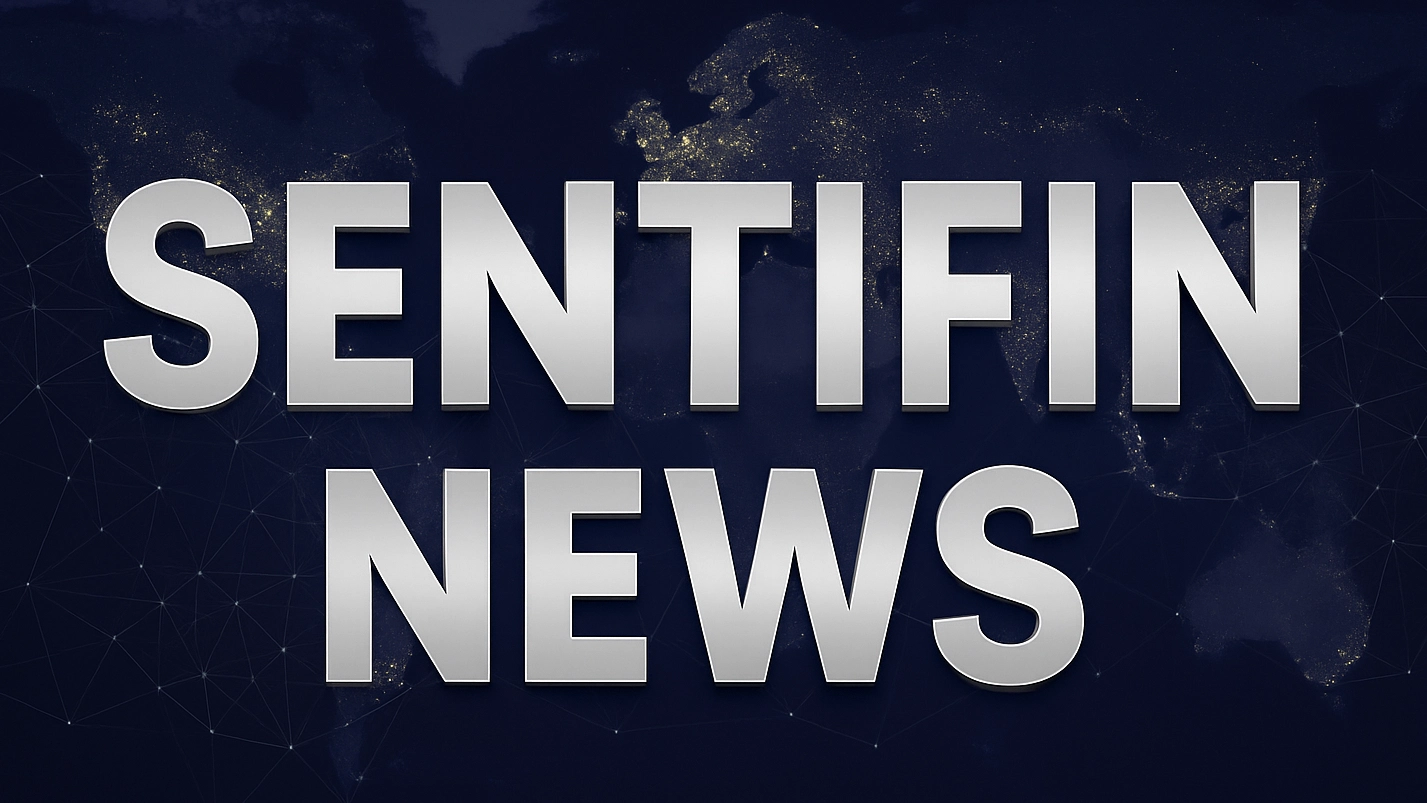U.S. Mortgage Rates Fall to 6.17% - What It Means for Personal Loan Borrowers

News Summary
U.S. mortgage rates have recently dropped to 6.17%, signaling broader optimism across American lending markets. While not directly tied, personal loan rates are expected to stabilize or edge lower, offering qualified borrowers better terms and increased debt-consolidation opportunities. The decline in mortgage rates, influenced by Treasury yields and Federal Reserve policy, often indicates anticipated cooling inflation, exerting downward pressure on other borrowing costs. Platforms like RadCred, an AI-powered loan platform, are expanding their lender networks and leveraging AI-driven matching to help prime borrowers (FICO 720+), fair-credit borrowers (650-720 FICO), and debt consolidation seekers secure more favorable rates. TransUnion's report indicates an 18% year-over-year increase in personal loan originations in 2025, alongside falling delinquency rates, supporting better outcomes for consumers. RadCred CEO Alex Zadorian highlighted that the combination of easing rates, expanded lender networks, and AI-driven matching creates a genuine opportunity for personal loan seekers. Borrowers are advised to check their credit, compare rates, and act promptly.
Background
The current (2025) drop in U.S. mortgage rates to 6.17% occurs during President Donald J. Trump's administration, typically reflecting market expectations of cooling inflation, alongside influences from Federal Reserve policy and Treasury yields. Movements in mortgage rates are a key indicator of overall credit market health. Personal loans, being unsecured, generally carry significantly higher average APRs than mortgages (e.g., 12.25% at banks). However, a downward trend in mortgage rates can indirectly foster increased competition in the personal loan market. RadCred is a U.S.-based AI loan marketplace that connects consumers with licensed lenders using real-time data and alternative credit assessment.
In-Depth AI Insights
What are the broader economic implications of falling mortgage rates beyond just lending markets, especially under the Trump administration? Beyond directly impacting borrowing costs, falling mortgage rates typically suggest several broader economic implications: - Consumer Confidence Boost: Lower borrowing costs can stimulate home purchases and refinancing activities, freeing up household disposable income, which could boost consumer spending and overall economic growth. This aligns with a pro-growth economic narrative often emphasized by the Trump administration. - Inflation Expectations Management: Decreasing rates may align with market expectations that inflation is under control, potentially easing pressure on the Federal Reserve for further rate hikes and even creating room for future monetary easing if needed. - Real Estate Market Support: While the article focuses on personal loans, lower mortgage rates directly support real estate market activity, which is a positive signal for economic health and contributes to asset value stability. What does the rise of digital lending platforms like RadCred signify for traditional banks and credit institutions, especially during a period of falling rates? AI-driven lending platforms demonstrate significant competitive advantages and disruptive potential in a declining rate environment: - Accelerated Market Share Shift: In a falling rate environment, borrowers are more actively seeking better terms. Platforms like RadCred, with their efficient, expansive lender networks and alternative data assessment, can capture this demand more quickly, potentially eroding traditional banks' market share. - Data Analytics Superiority: These platforms leverage AI to analyze 100+ data points, enabling more precise risk assessment and product matching. This allows them to offer more personalized and competitive products compared to banks relying on traditional credit scoring models. - Pressure for Traditional Institutions to Transform: Traditional banks must accelerate digital transformation and rethink their customer acquisition strategies and risk assessment models to counter fintech competition. Banks failing to adapt risk customer attrition and diminished profitability. As rates stabilize or decline, what potential risks might emerge in the personal loan market, and what are the medium-term implications for overall credit quality? While falling rates benefit borrowers, for lenders and the overall credit market, some potential risks and medium-term implications exist: - Credit Standard Dilution Risk: To attract borrowers in a competitive market, lenders may gradually relax credit standards, especially as AI platforms integrate more non-traditional data points. This could lead to a higher volume of loans being extended to borrowers with greater credit risk. - Debt Accumulation: Lower rates and easier access to credit might encourage some consumers to over-leverage, particularly if they fail to manage their finances effectively post-debt consolidation, potentially leading to new debt accumulation. - Sensitivity to Future Rate Changes: Despite current rate declines, if inflation re-emerges or Federal Reserve policy shifts to tightening in the future, loans secured at these lower rates could face higher refinancing risks or lead to increased default rates. Lenders must remain vigilant to cyclical risks.